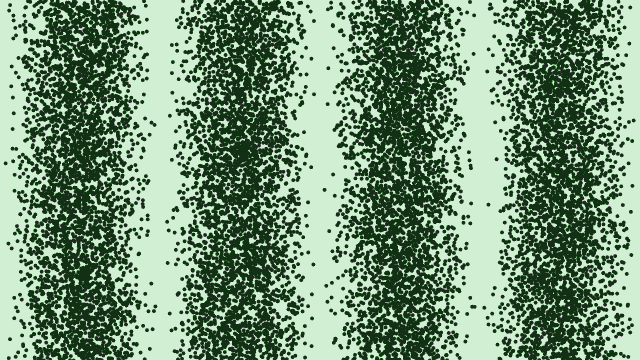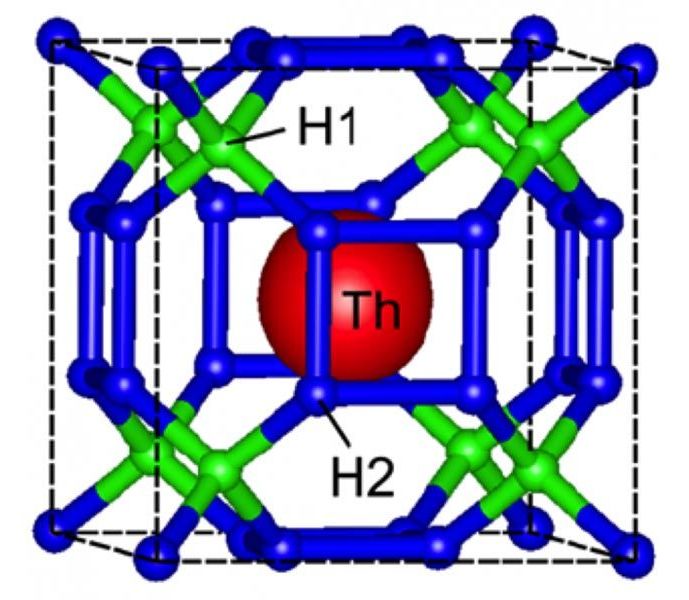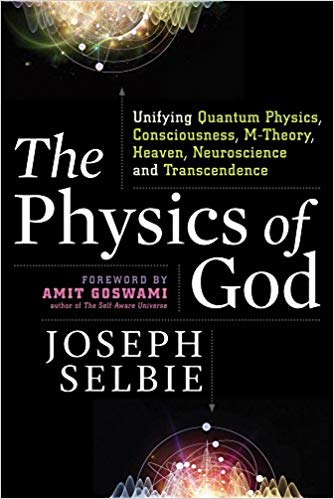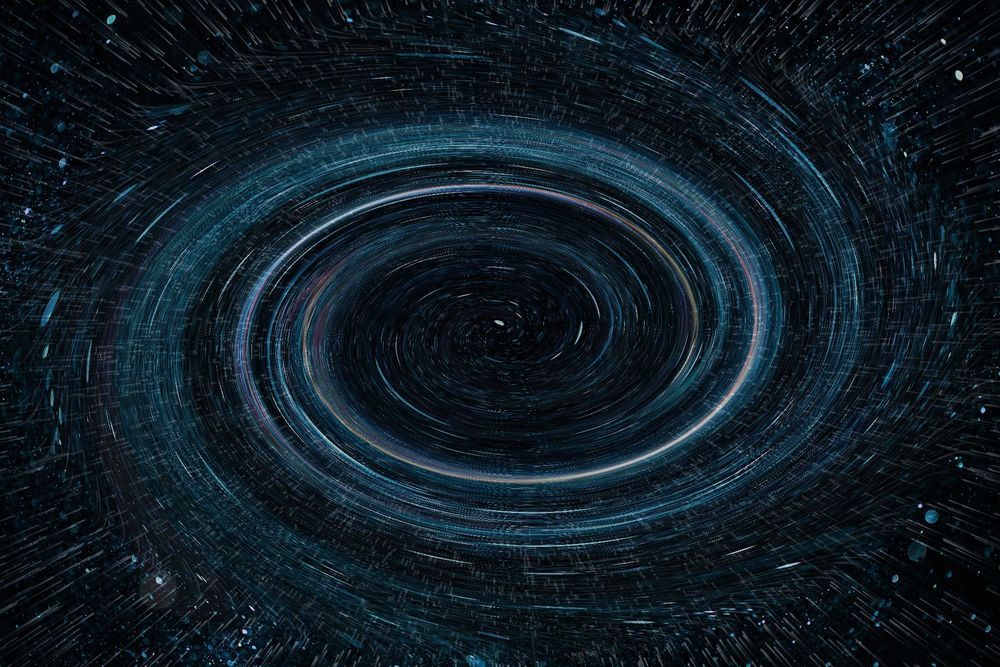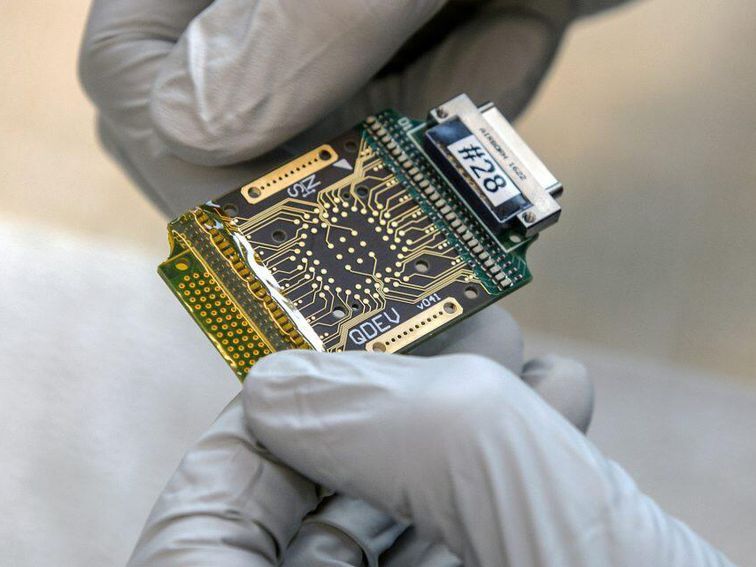Nov 10, 2019
Komodo to lead blockchain revolution with quantum-safe cryptography
Posted by Quinn Sena in categories: bitcoin, computing, cryptocurrencies, encryption, quantum physics
Stadelmann said that Komodo is similar to Ethereum but it is 100% independent, free and open-sourced platform.
“As the world is getting digitised, it is all based on binary digits. Binary digits can have either 1 (on) or 0 (off). We don’t speak of bits anymore but quantum qubits or quantum bits, which can be in both 1 and 0 states at the same time. This qubit can attain so many states at the same time and they are also able to process calculations at a much faster rate than classical computers,” he said.
As a blockchain platform, Stadelmann said that Komodo is trying to solve the problem and has implemented quantum-safe cryptographic solutions for the past couple of years which will not be able to crack cryptographic signatures.

